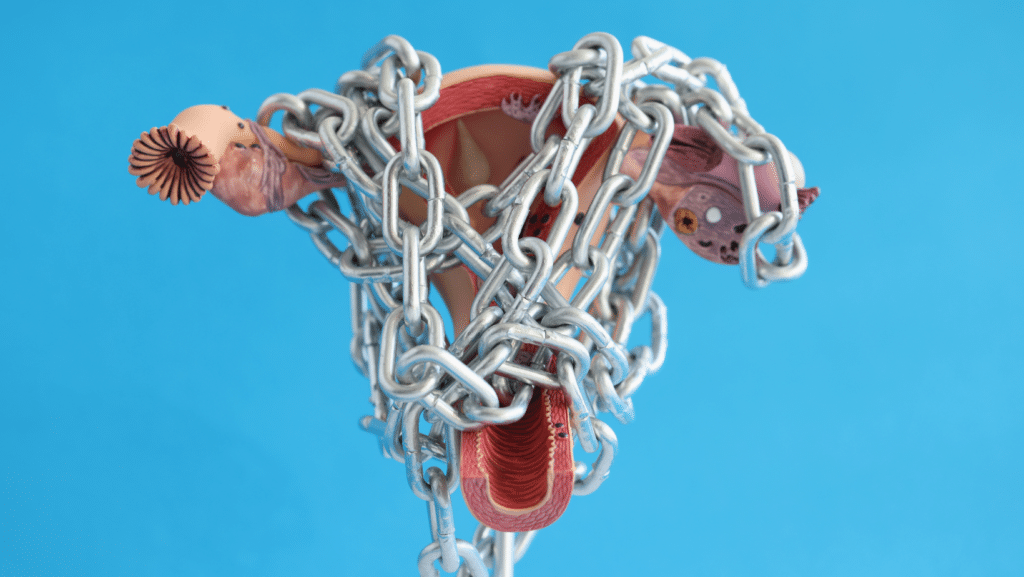Fibroids can grow inside, underneath, and outside of the uterine walls. And, depending on their location, fibroids are usually divided into four different types: Intramural, subserosal, pedunculated, and submucosal.
Intramural fibroids are fibroids that grow within the muscular uterine wall and are the most common type of fibroid. Due to their location, intramural fibroids can cause all of the typical fibroid symptoms, and, as they grow larger, can actually stretch the womb, causing even more discomfort.
Subserosal fibroids are a type of fibroid that grows outside of the uterus on the serosa membrane, which is the outer lining that all organs and internal body cavities have. Subserosal fibroids sometimes grow big enough that they can make the womb look bigger on one side.
Pedunculated fibroids form when a subserosal fibroid develops a stem. This stem then becomes a slender stalk-like base that can support the growth of a pedunculated fibroid.
Submucosal fibroids are fibroids that bulge into the uterine cavity, as they grow in the myometrium or middle layer of muscle in the uterus. These fibroids are not as common as intramural, subserosal, and pedunculated fibroids.
When it comes to the painful fibroid symptoms associated with fibroid degeneration, the most concerning type of fibroid is a pedunculated fibroid.
Though all types of fibroids can cause pain when degenerating, pedunculated fibroids are more likely to cause pain in the abdominal area due to their stalk-like form and their location.
Pedunculated fibroids can also cause increased pain due to their obstruction of the uterus and the surrounding organs.
No matter where the fibroid is located though, the symptoms of their degeneration can be felt, and it doesn’t feel good. However, the good news is that there is treatment available.
By taking a look at your particular symptoms, medical risks, age, and other factors, you and your doctor can work together to find the treatment that is best for you. One of which, maybe Uterine Fibroid Embolization.
UFE is a non-invasive outpatient procedure that uses imaged-guided interventional radiology to move a catheter through to blood vessels until it reaches the artery supplying the fibroid or fibroids. Once in place, tiny microscopic particles are released through the catheter, which thereby blocks the blood supply to the artery.
Without this blood supply, fibroids can no longer survive.
The Bottom Line: There is nothing normal about fibroids or the life-interrupting symptoms they cause. Regardless of whether you’re experiencing uncomfortable symptoms of fibroid degeneration or not, it is important to seek treatment from a doctor. Most fibroid conditions do not improve without medical intervention.
If you are experiencing the symptoms of uterine fibroids and would like to learn more about your treatment options, give us a call and set up your consultation today.


